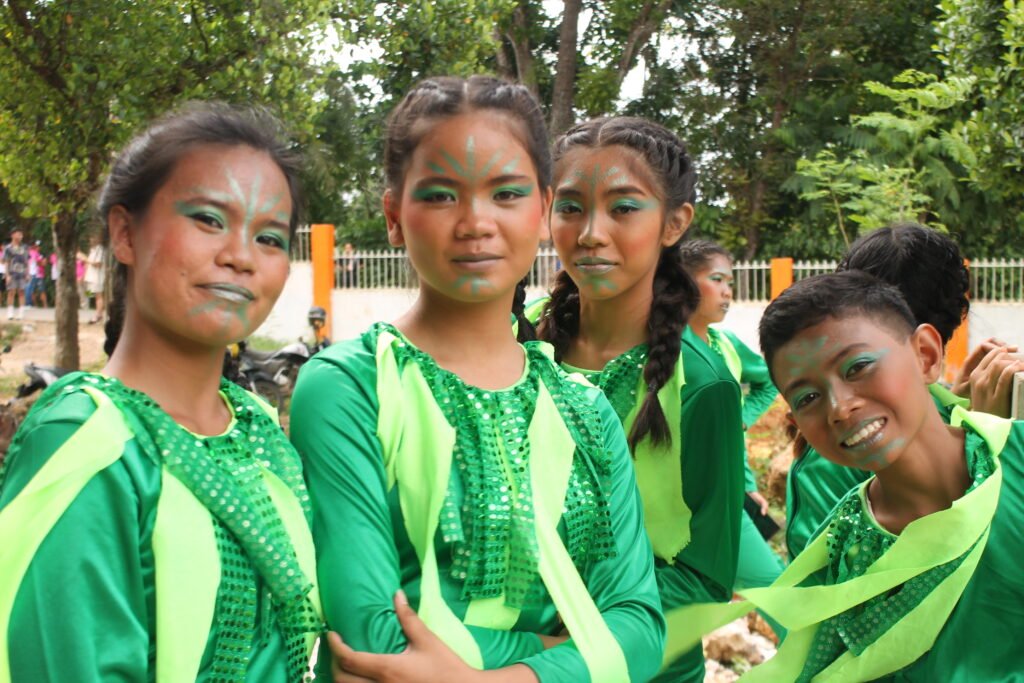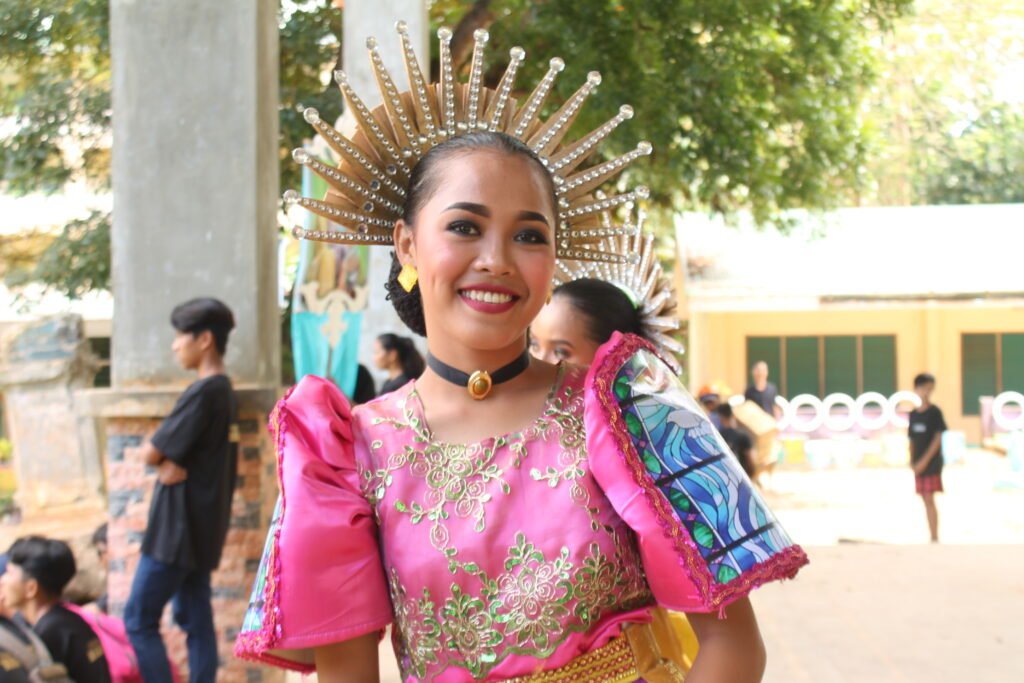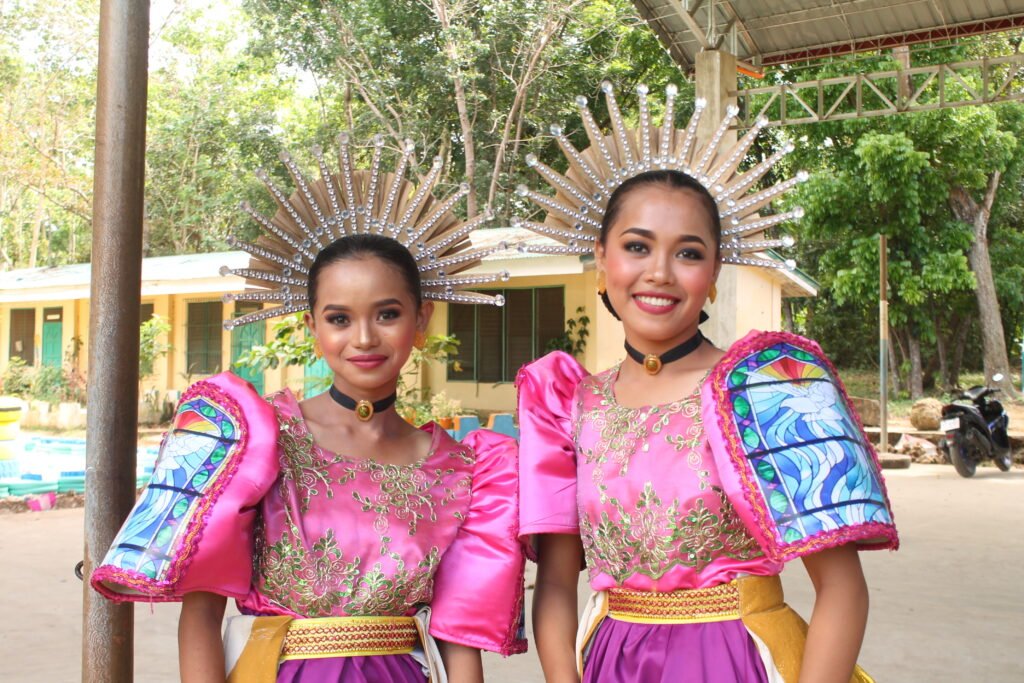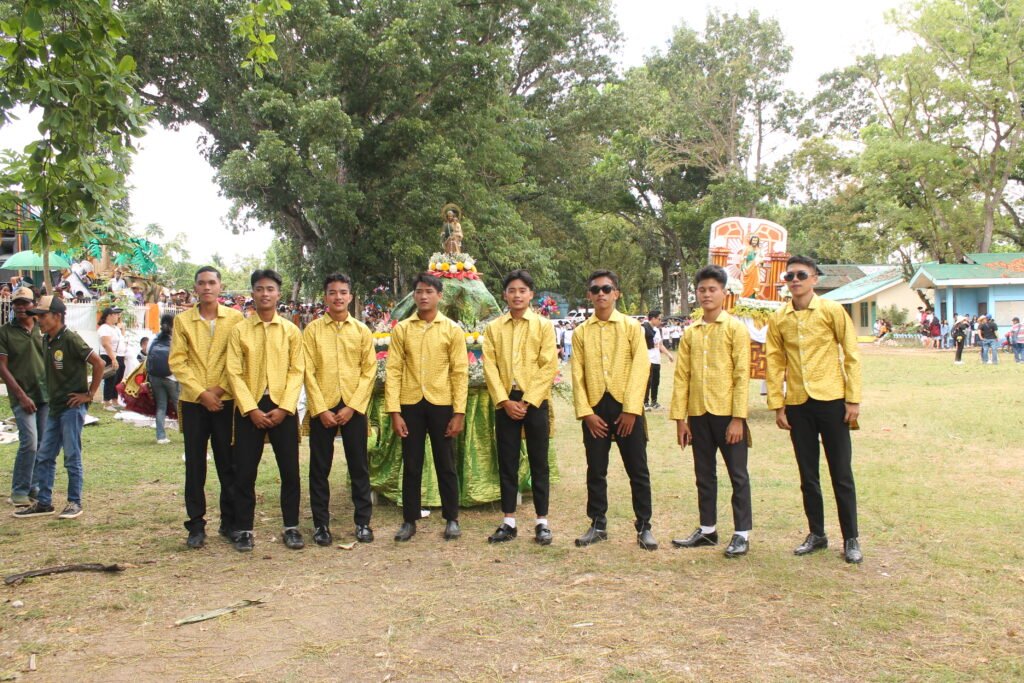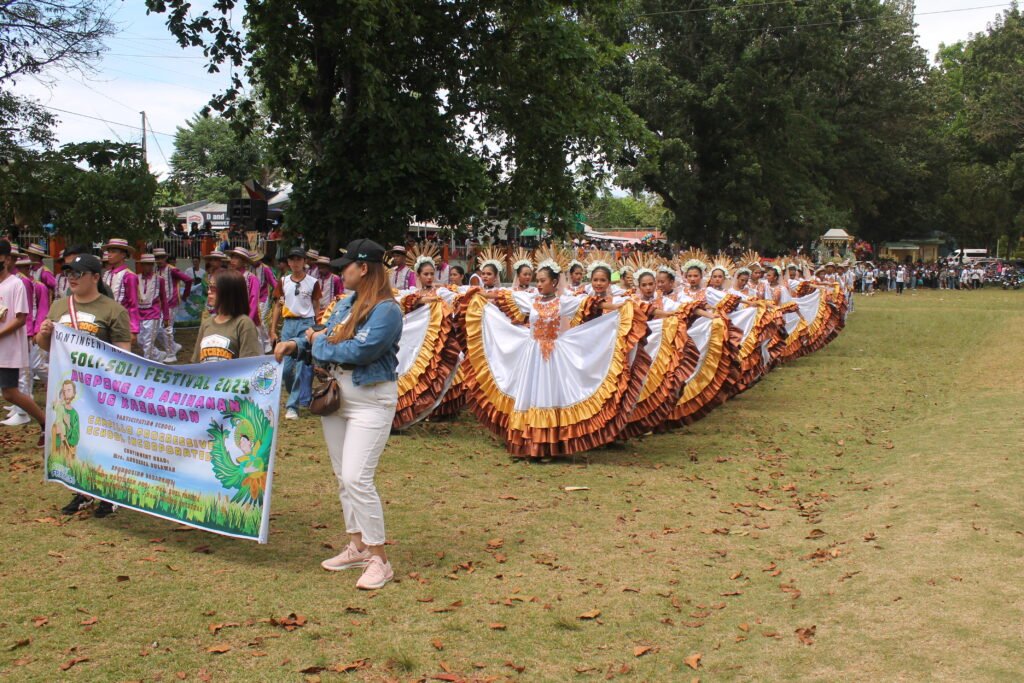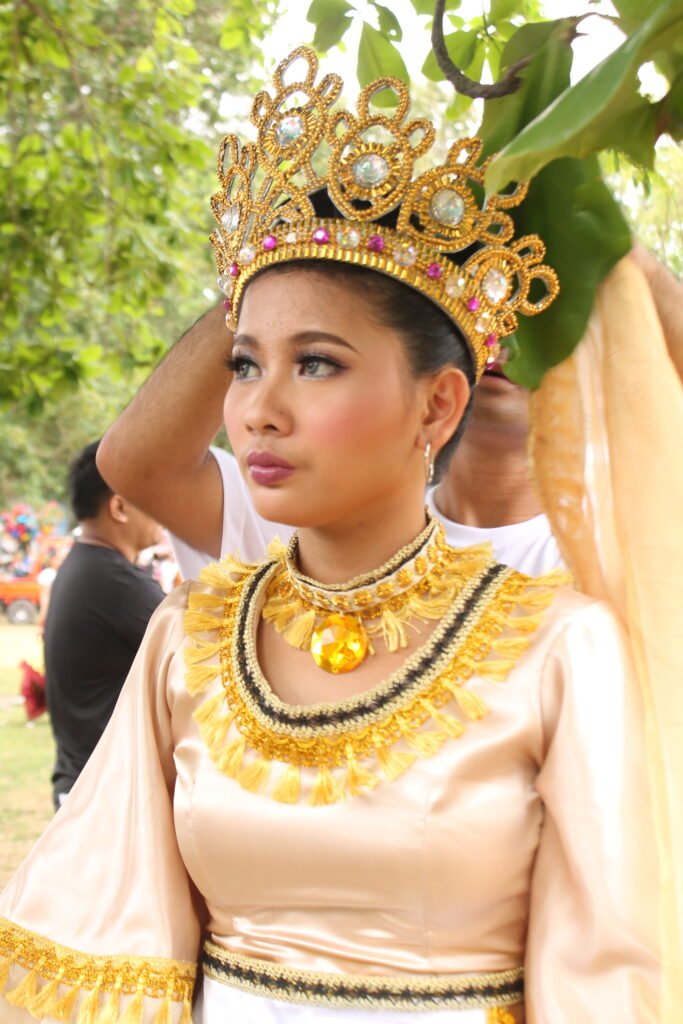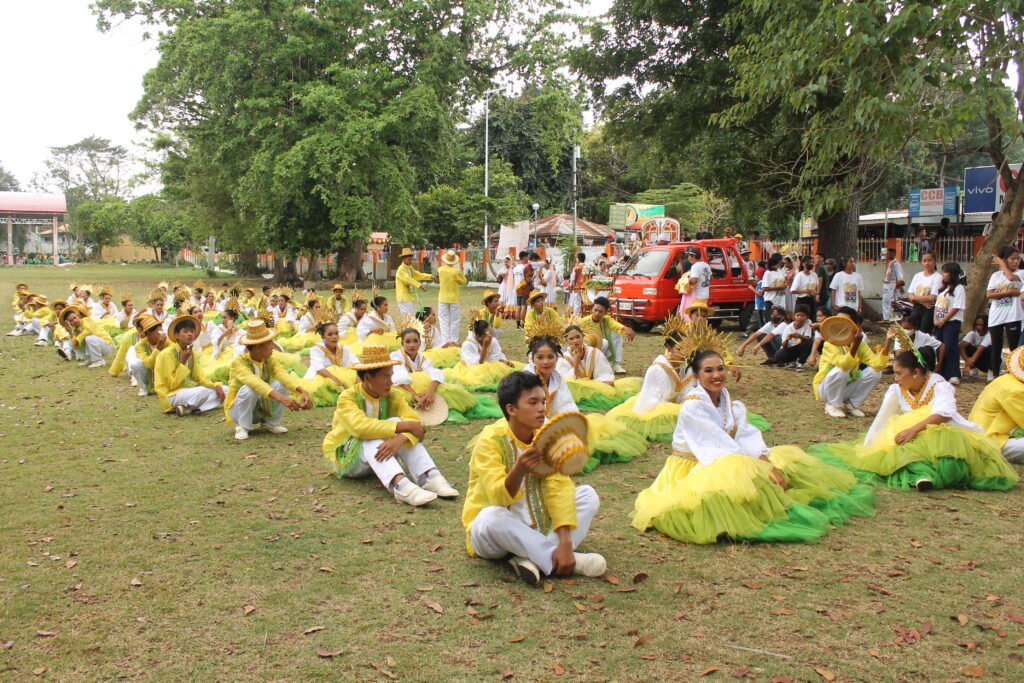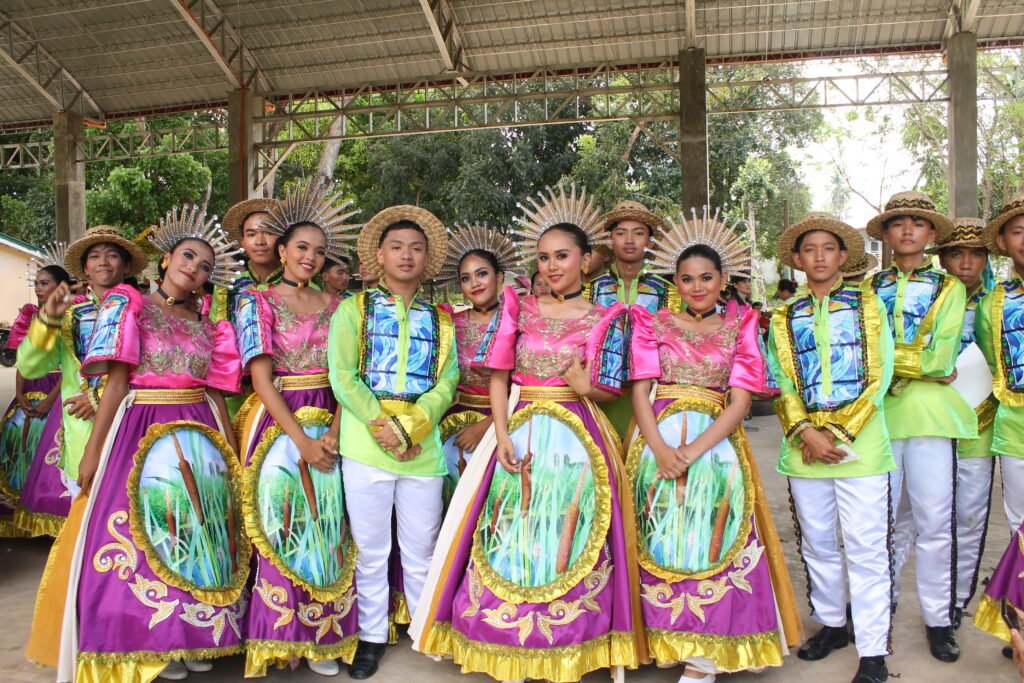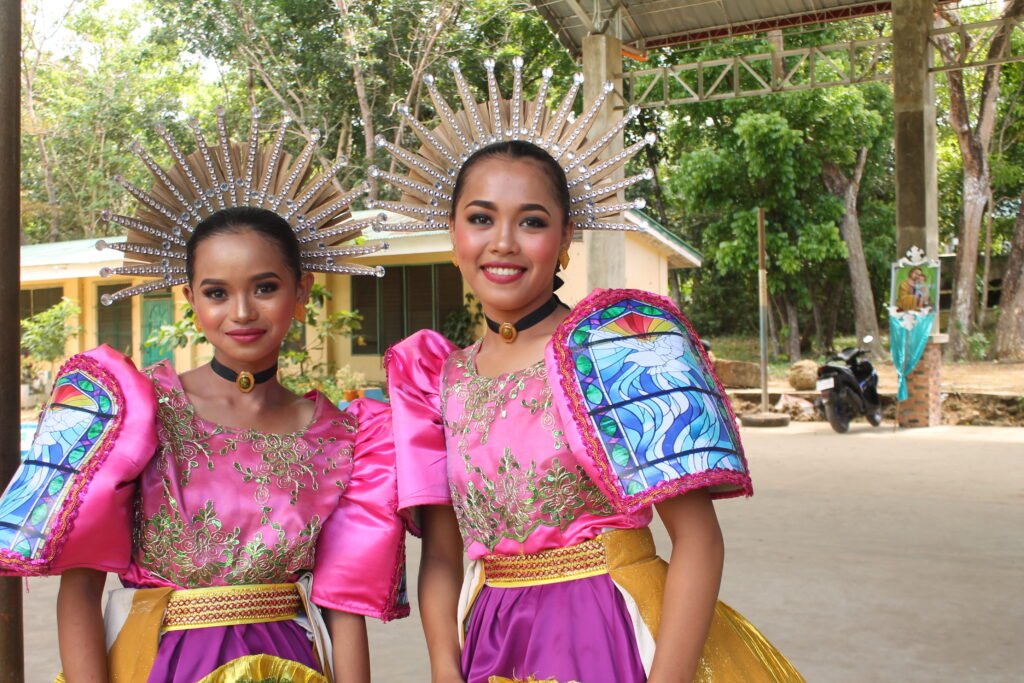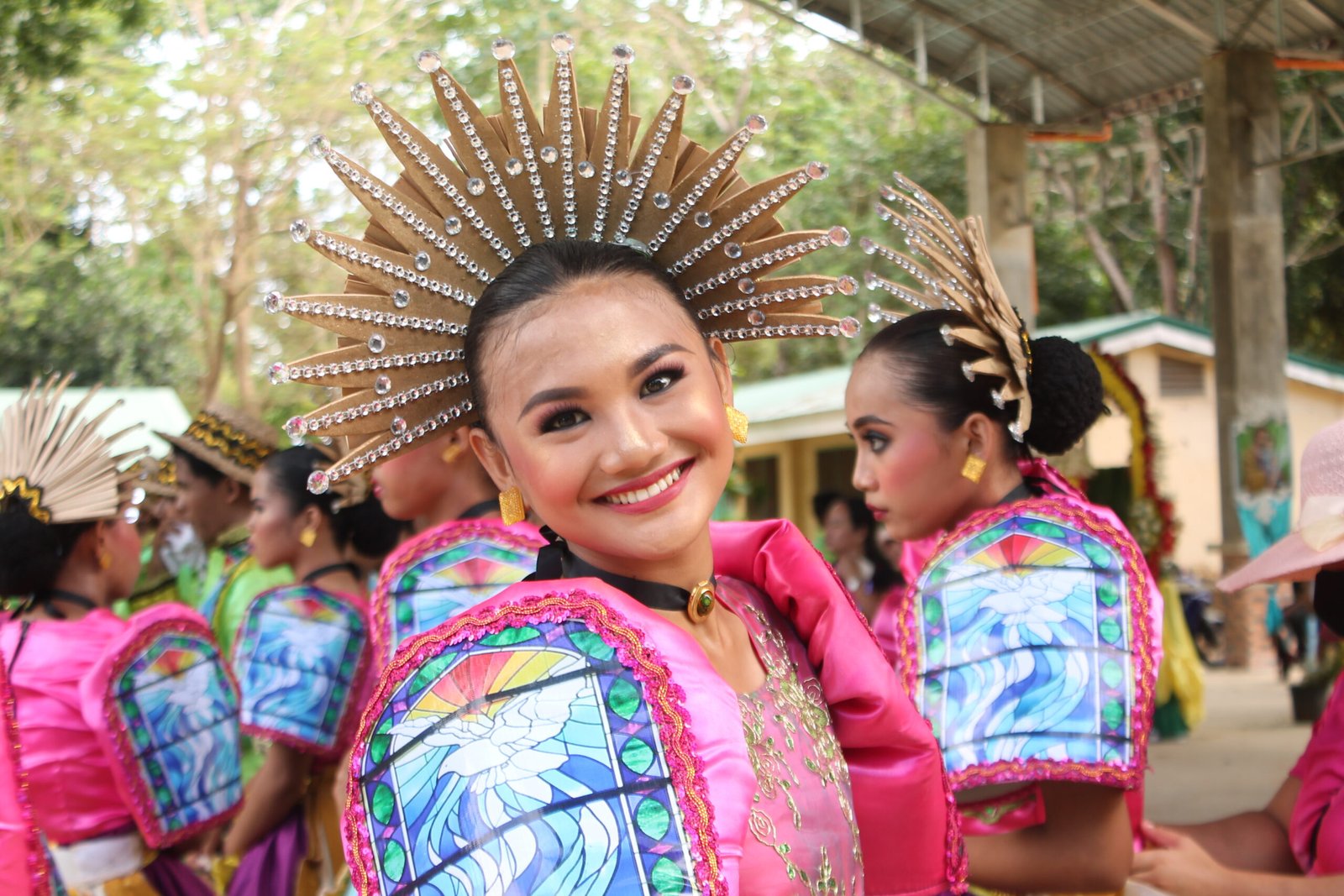Soli-soli is a traditional Filipino dance that is popular in the Visayan region of the Philippines, particularly in the province of Cebu. It is typically performed during festivals, weddings, and other cultural celebrations. It is a celebration of thanksgiving to St. Joseph, the patron saint of the town. Soli-soli is a material used for weave-making with various sizes and colors. The local weavers make handbags, clutches, pouches, hats, backpacks, house ornaments, wall decors, and other handicrafts.
The dance is performed by a group of male and female dancers, who wear colorful traditional clothing and accessories. The dancers move in a circular pattern while holding hands, and they perform a series of synchronized steps and gestures. The dance is accompanied by traditional Filipino music, which usually features percussion instruments such as the tambourine and the drums, as well as wind instruments like the flute and the clarinet. Soli-soli is a joyous and energetic dance that celebrates Filipino culture and community. It is often performed as a way to express gratitude, happiness, and a sense of togetherness.
It starts with a parade and then performing on the stage.
It is one of the grandest in Cebu.

